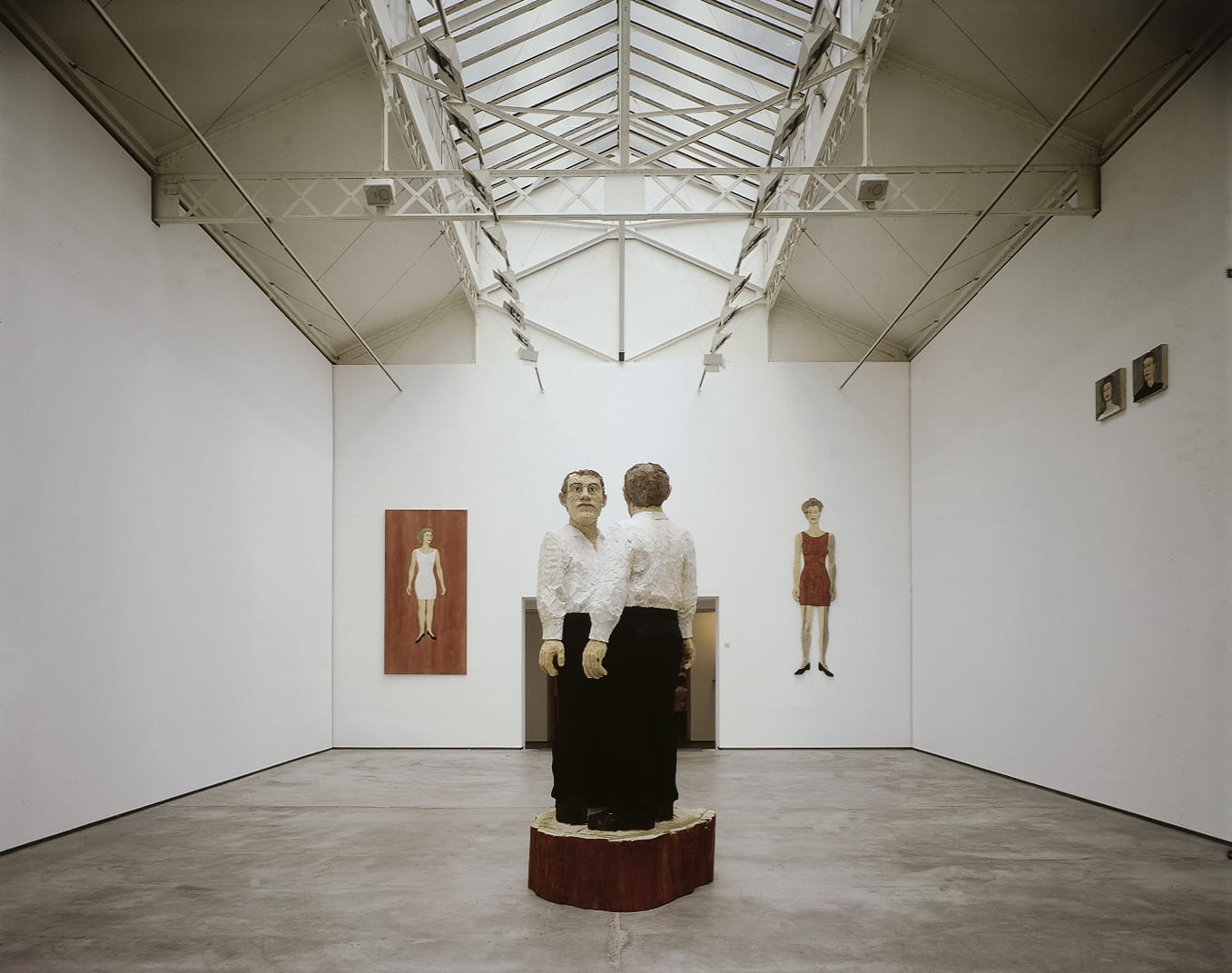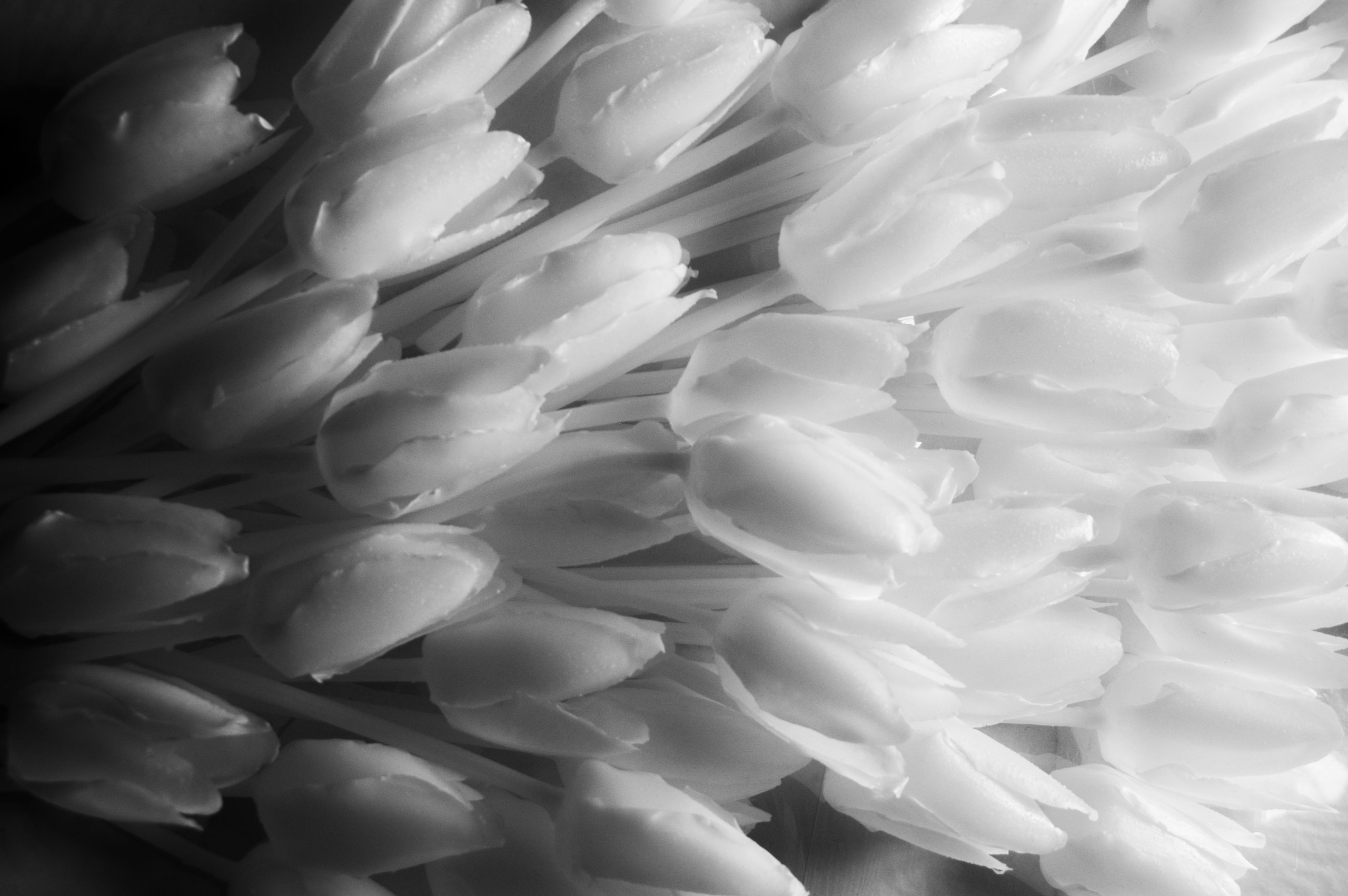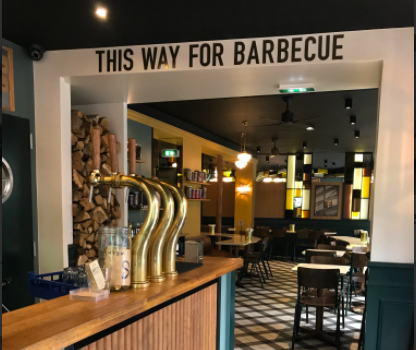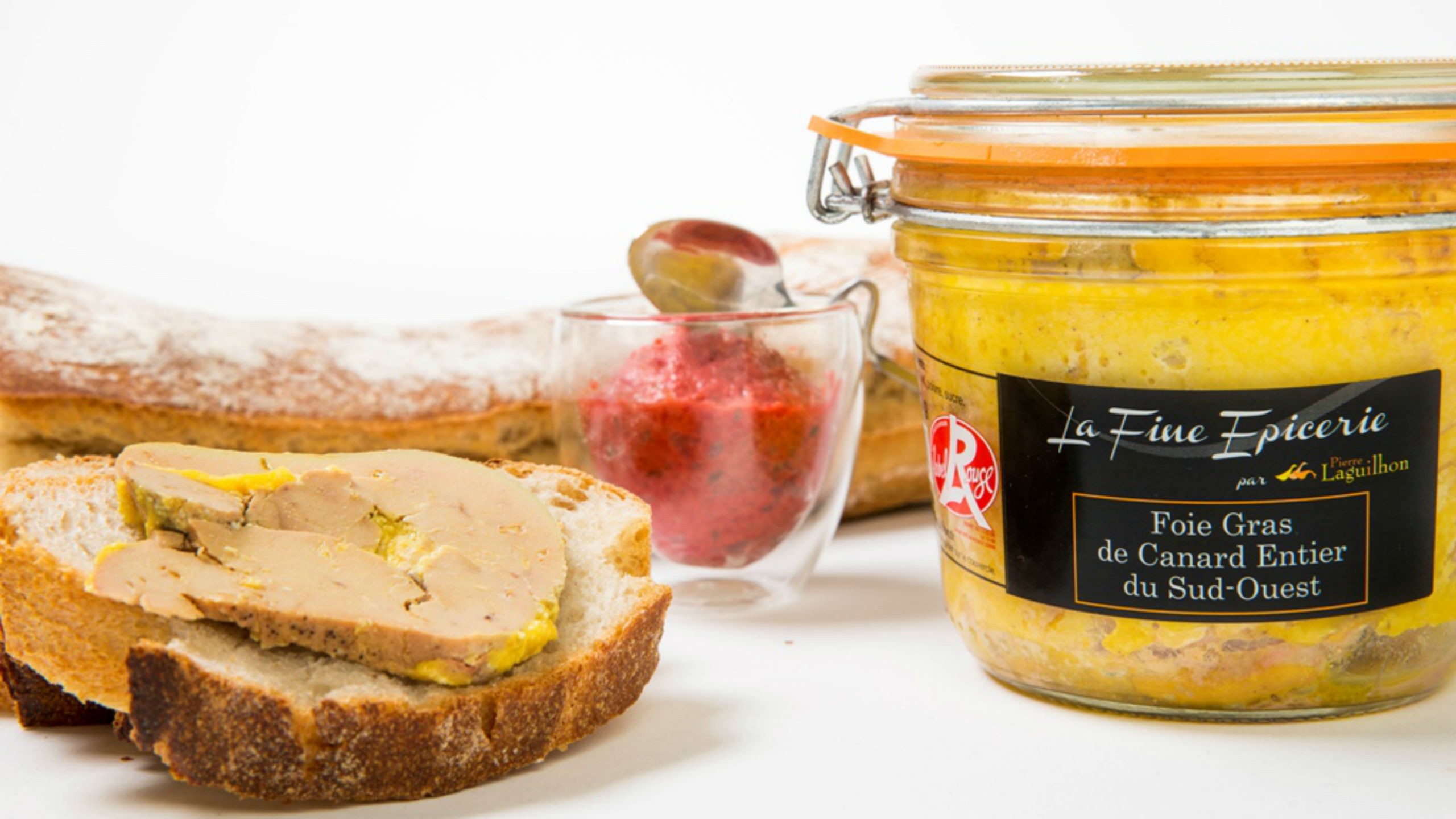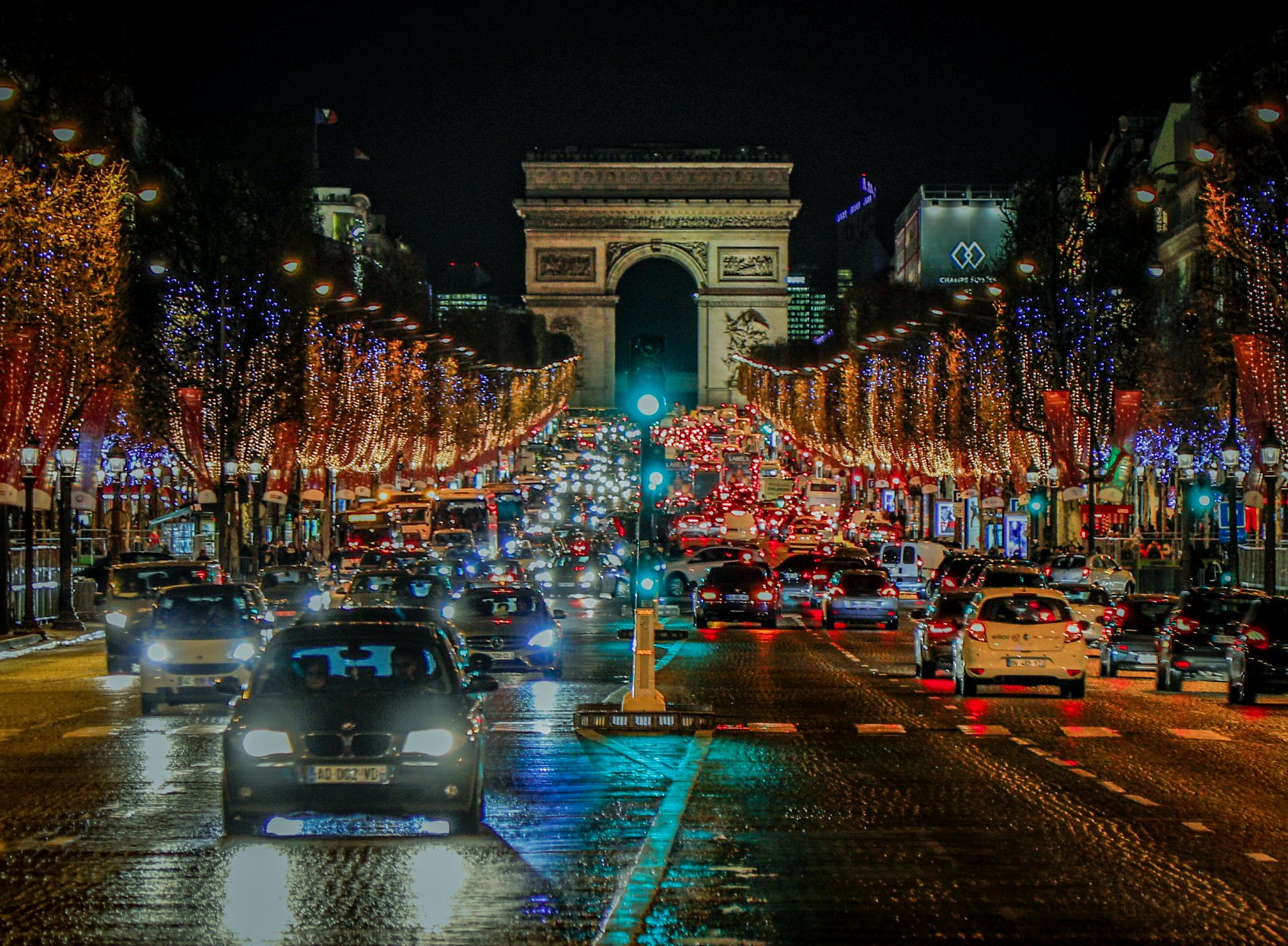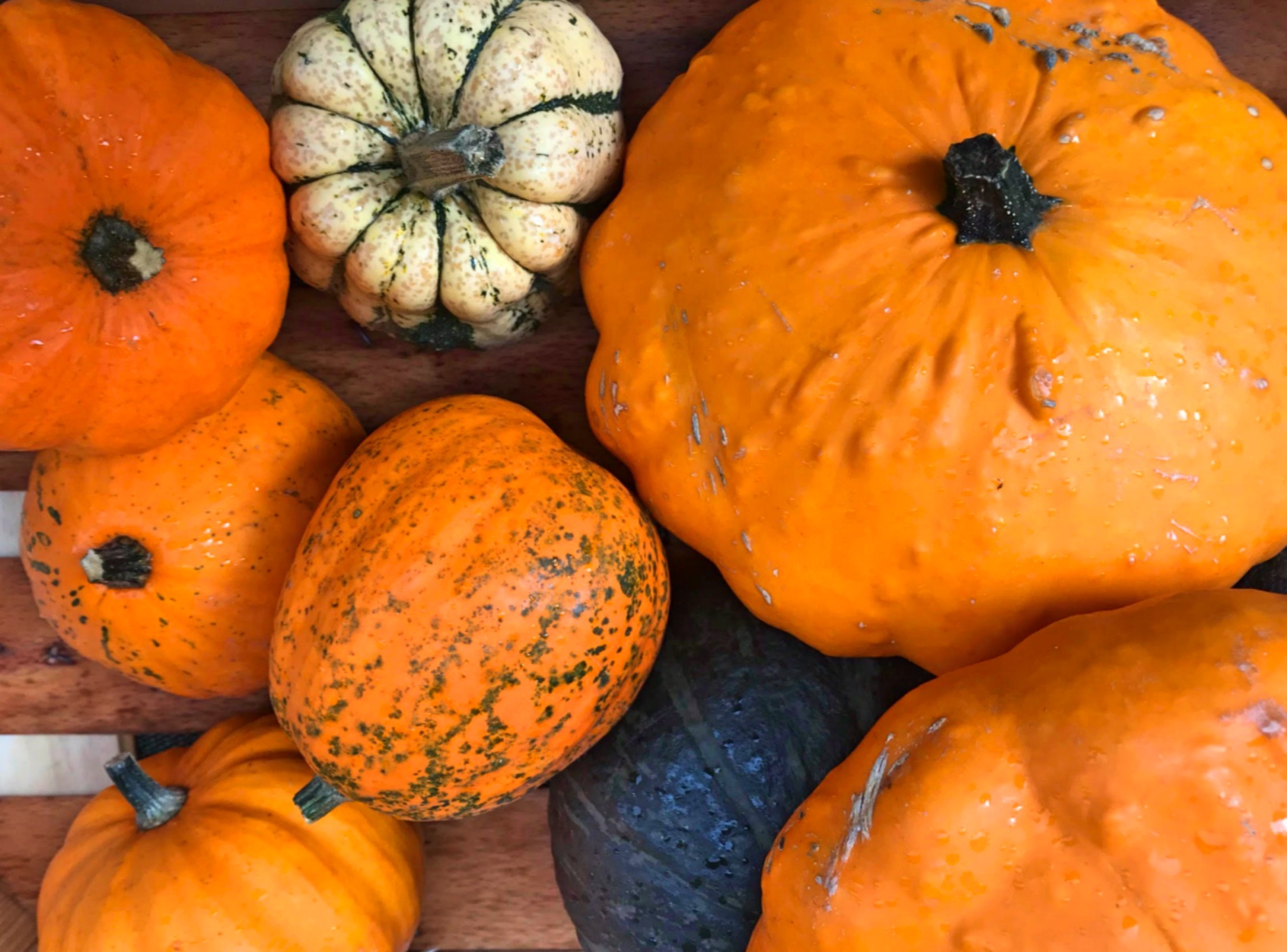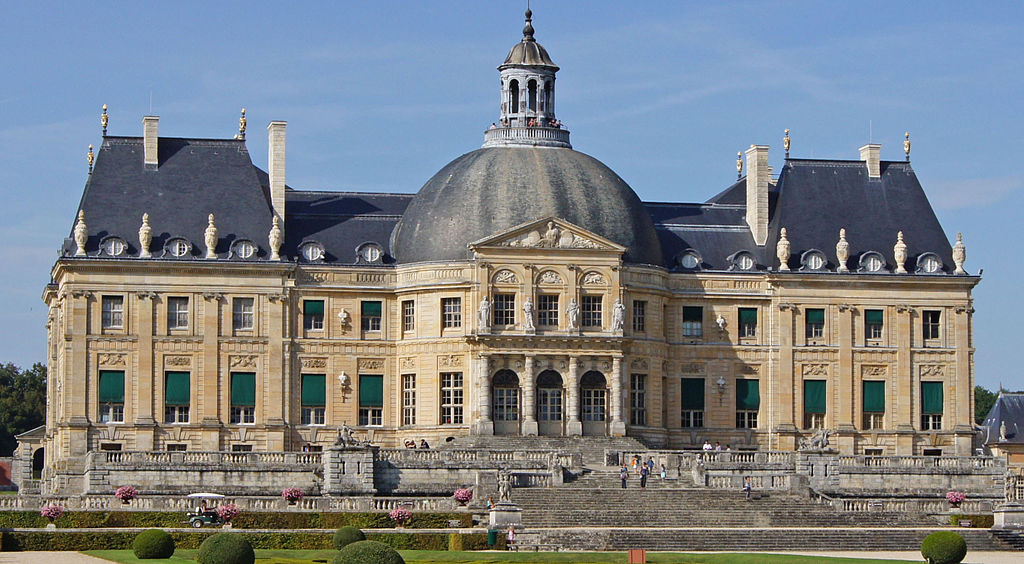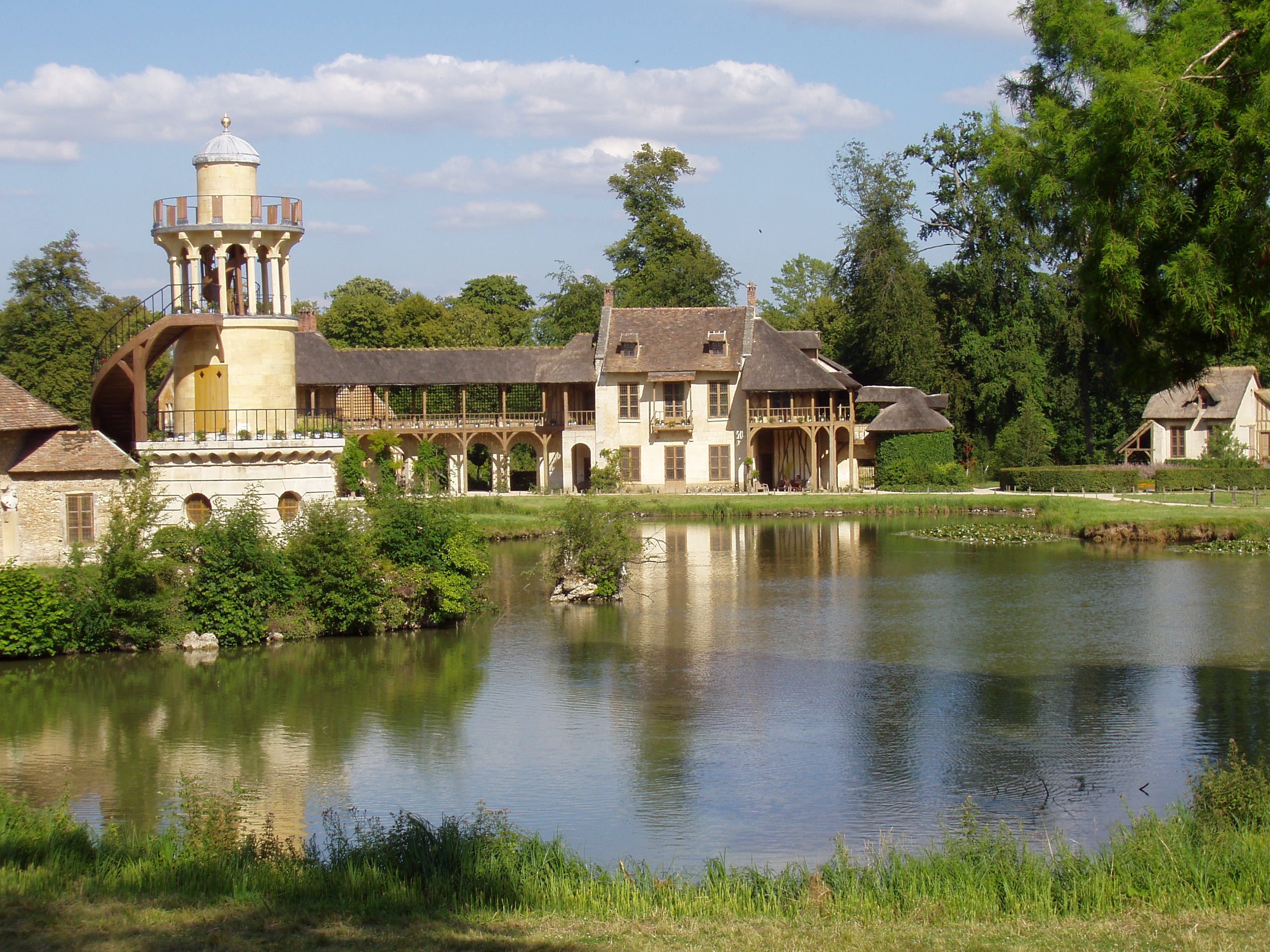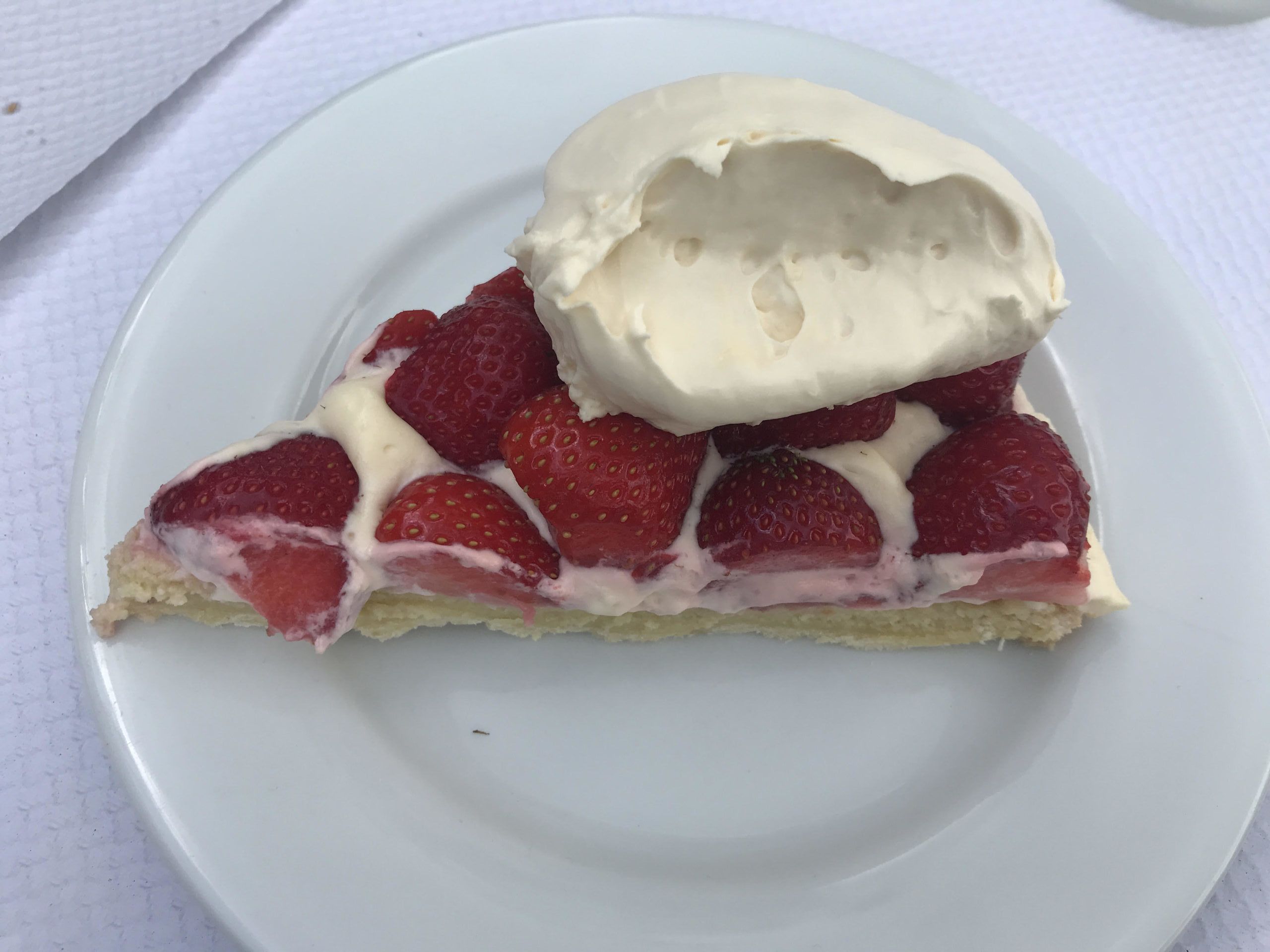https://www.picturesquevoyages.com/wp-content/uploads/2021/03/Drouot.jpeg
1500
2048
admin8800
https://www.picturesquevoyages.com/wp-content/uploads/2019/02/picturesquevoyageslogo-300x68-2-300x68.png
admin88002021-03-24 10:30:142021-03-24 14:58:56Where to Buy Art in Paris
https://www.picturesquevoyages.com/wp-content/uploads/2021/02/Omar-Sy-in-Lupin.jpg
558
930
admin8800
https://www.picturesquevoyages.com/wp-content/uploads/2019/02/picturesquevoyageslogo-300x68-2-300x68.png
admin88002021-02-12 08:59:402021-03-05 15:20:51Surprising Stories: The Dazzling Truth about Marie-Antoinette’s Diamond Necklace
https://www.picturesquevoyages.com/wp-content/uploads/2021/02/Mona_Oren_Wax_Tulip_Mania_2020_2021_HD_credit_Pauline_Hervault-scaled.jpg
2271
2560
admin8800
https://www.picturesquevoyages.com/wp-content/uploads/2019/02/picturesquevoyageslogo-300x68-2-300x68.png
admin88002021-02-01 18:09:032023-03-05 18:15:48Nature into Art: Wax Tulip Mania
https://www.picturesquevoyages.com/wp-content/uploads/2021/01/Screen-Shot-2021-01-19-at-8.40.15-PM.png
399
402
admin8800
https://www.picturesquevoyages.com/wp-content/uploads/2019/02/picturesquevoyageslogo-300x68-2-300x68.png
admin88002021-01-19 20:47:082021-01-24 13:14:52Paris Meets Brooklyn: The Global Reach of Contemporary American Dining
https://www.picturesquevoyages.com/wp-content/uploads/2020/11/2116222436_8d871dfd16_b.jpg
667
1000
admin8800
https://www.picturesquevoyages.com/wp-content/uploads/2019/02/picturesquevoyageslogo-300x68-2-300x68.png
admin88002020-11-21 11:42:272020-12-15 16:44:00Foie Gras, France’s Favorite Holiday Delicacy
https://www.picturesquevoyages.com/wp-content/uploads/2020/11/38401126714_312ffa9774_k.jpg
1504
2048
admin8800
https://www.picturesquevoyages.com/wp-content/uploads/2019/02/picturesquevoyageslogo-300x68-2-300x68.png
admin88002020-11-20 14:56:242020-11-21 14:30:16Surprising Stories: Les Champs-Elysées, from Allée to Avenue
https://www.picturesquevoyages.com/wp-content/uploads/2020/10/pumpkins-1.jpg
1410
1906
admin8800
https://www.picturesquevoyages.com/wp-content/uploads/2019/02/picturesquevoyageslogo-300x68-2-300x68.png
admin88002020-10-07 14:58:252020-10-07 15:01:55Les Potirons, France's History and Love of Pumpkins
https://www.picturesquevoyages.com/wp-content/uploads/2020/08/Feu-d-artifice-Vaux-le-Vicomte-630x405-C-DR.jpg
405
630
admin8800
https://www.picturesquevoyages.com/wp-content/uploads/2019/02/picturesquevoyageslogo-300x68-2-300x68.png
admin88002020-08-15 13:32:242020-08-16 13:37:47Vaux-le-Vicomte and the Famous Fête which Sparked Versailles
https://www.picturesquevoyages.com/wp-content/uploads/2019/01/hameau-reine.jpg
567
567
admin8800
https://www.picturesquevoyages.com/wp-content/uploads/2019/02/picturesquevoyageslogo-300x68-2-300x68.png
admin88002020-07-24 11:44:492020-07-25 10:44:06Surprising Stories: Marie-Antoinette at the Hameau de la Reine
https://www.picturesquevoyages.com/wp-content/uploads/2020/06/unnamed-9-scaled-e1592814248407.jpg
1920
2560
admin8800
https://www.picturesquevoyages.com/wp-content/uploads/2019/02/picturesquevoyageslogo-300x68-2-300x68.png
admin88002020-06-22 12:52:202020-06-24 21:53:20Surprising Stories: Chantilly Cream
Scroll to top
